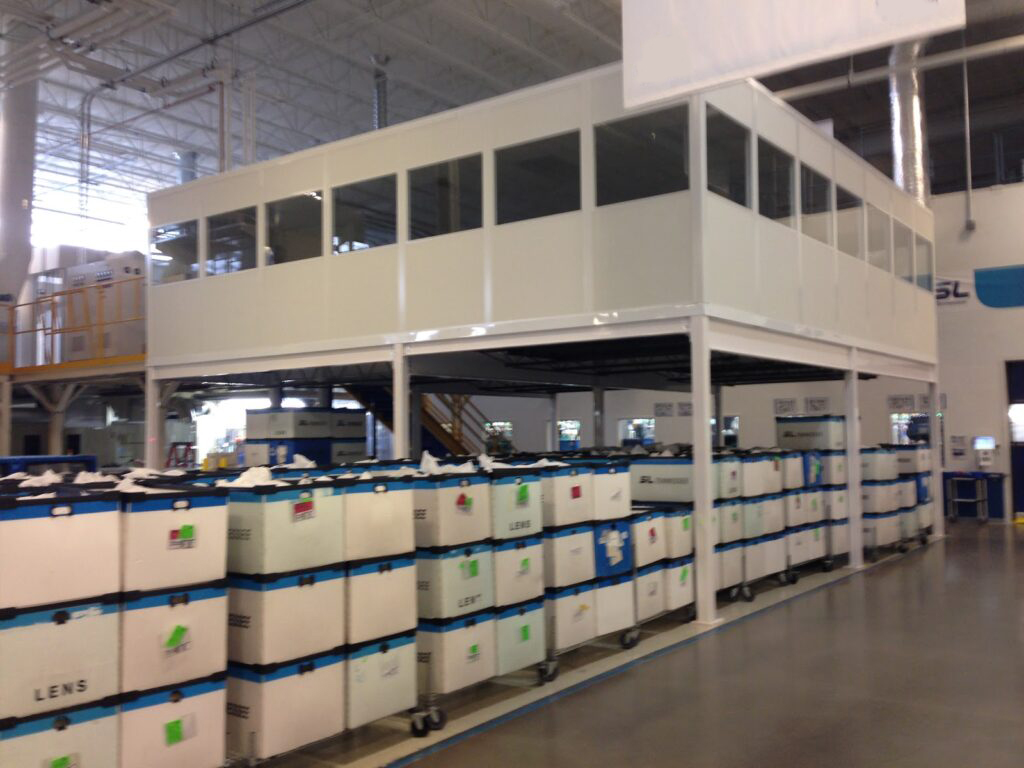Why Singapore Invests in Noise Barriers

Singapore is a bustling city filled with people, traffic, and noise. In order to keep its residents happy and healthy, the government has invested in noise barriers. These barriers reduce the amount of noise pollution that people are exposed to on a daily basis.
Investing in noise barriers in Singapore is a smart move for the city-state. Not only does it improve the quality of life for residents, but it also has the potential to improve the city’s economy and attract more businesses.
Types of Noise in Singapore
Singapore is a densely populated city-state with a land area of just over 700 square kilometres. As such, noise pollution is a serious issue that the government takes steps to mitigate. One way they do this is by investing in noise barriers.
There are two main types of noise barriers: physical and acoustic. Physical barriers are typically made of concrete or metal and are designed to reflect or absorb sound waves. Acoustic barriers, on the other hand, are usually made of porous materials that allow sound waves to pass through them while dissipating some of the energy.
Both types of noise barriers can be effective in reducing noise pollution, but the most appropriate type will depend on the specific situation.
The benefits of noise barriers
Noise barriers are effective at reducing noise levels by up to 10 decibels, which can make a significant difference in reducing noise pollution. The barriers also help to improve air quality by trapping pollutants and preventing them from being blown around by the wind.
There are many benefits to investing in noise barriers. For one, they can help to improve the quality of life for residents. Noise pollution has been linked to a number of health problems, including cardiovascular disease, high blood pressure, and sleep disorders. By reducing the amount of noise pollution, residents can enjoy better health and a better quality of life.
In addition, noise barriers can also help to improve the city’s overall noise environment. This is important for businesses, as it can make the city more attractive to potential investors and businesses. A quieter city is also a more pleasant place to live in, which can help to increase property values.
The benefits of noise barriers are clear, and Singapore’s investment in them is a wise one. By reducing noise pollution, the barriers improve the quality of life for residents and help to create a more pleasant and liveable city.
The effects of noise in Singapore
Noise pollution is a growing problem in many cities around the world. In Singapore, the government invested in noise barriers to help mitigate the effects of noise pollution on its citizens.
Noise pollution can lead to a number of health problems, including increased risk of heart disease, high blood pressure, and sleep disorders. It can also cause stress and anxiety. In children, noise pollution has been linked to learning and behavioural problems.
By investing in noise barriers in Singapore, the government is helping to reduce the health risks associated with noise pollution and improve the quality of life for its citizens.
In conclusion
Reducing noise pollution has numerous benefits, both economic and social. It’s something that everyone can get behind, and it’s something that definitely pays off in the long run.
Noise pollution is a major problem in many cities around the world. It can cause a number of health problems, including insomnia, headaches, and even heart disease. It can also have a negative impact on productivity and concentration.







